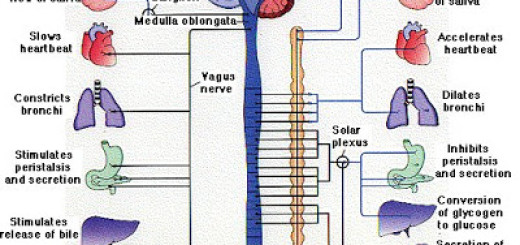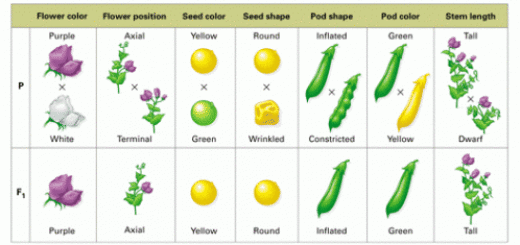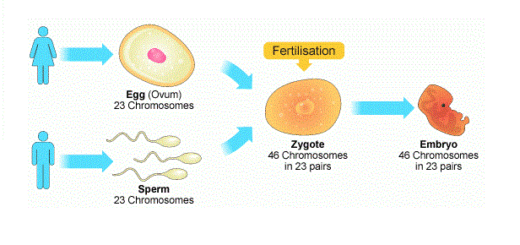How does the plant make its own food by the photosynthesis process?
The photosynthesis process
The green plant makes its own food by the photosynthesis process in its green leaves as they contain the chloroplasts, The green plant is called a producer organism, and the plant is the main source of the food and the energy for man and most of the animals.
The photosynthesis process is a biological process takes place in the green parts (the leaves) of the plant to make its own food (the carbohydrate which is sugar or starch) in the existence of the sunlight, the water, carbon dioxide gas and some mineral salts and oxygen gas is released.
The factors for the photosynthesis process are the sunlight, the chloroplasts, carbon dioxide gas (produced from the respiration), the water and the mineral salts.
The green plant produces the starch or sugar (the carbohydrate) and oxygen gas (needed for respiration), The green leaves of the plant absorb the sunlight by the chloroplasts which give the plant its green colour.
The plant absorbs the water and the mineral salts from the soil through the roots that transport them to the stem, then to the leaves.
The plant leaves absorb carbon dioxide gas from the air, and all the previous substances react together to produce the plant food (starch or sugar) and oxygen gas.
In the photosynthesis process, the green plants use carbon dioxide gas and release oxygen gas, In the respiration process of the plants and the animals, oxygen gas is used and carbon dioxide gas is produced.
The green plant is necessary for keeping the ratio of oxygen gas and carbon dioxide gas constant in the air.
Structure of leaf & green plastid, Mechanism of photosynthesis in green plants
Light and dark reactions of the photosynthesis process
Excretion in plants, Importance & types of transpiration for the plant




